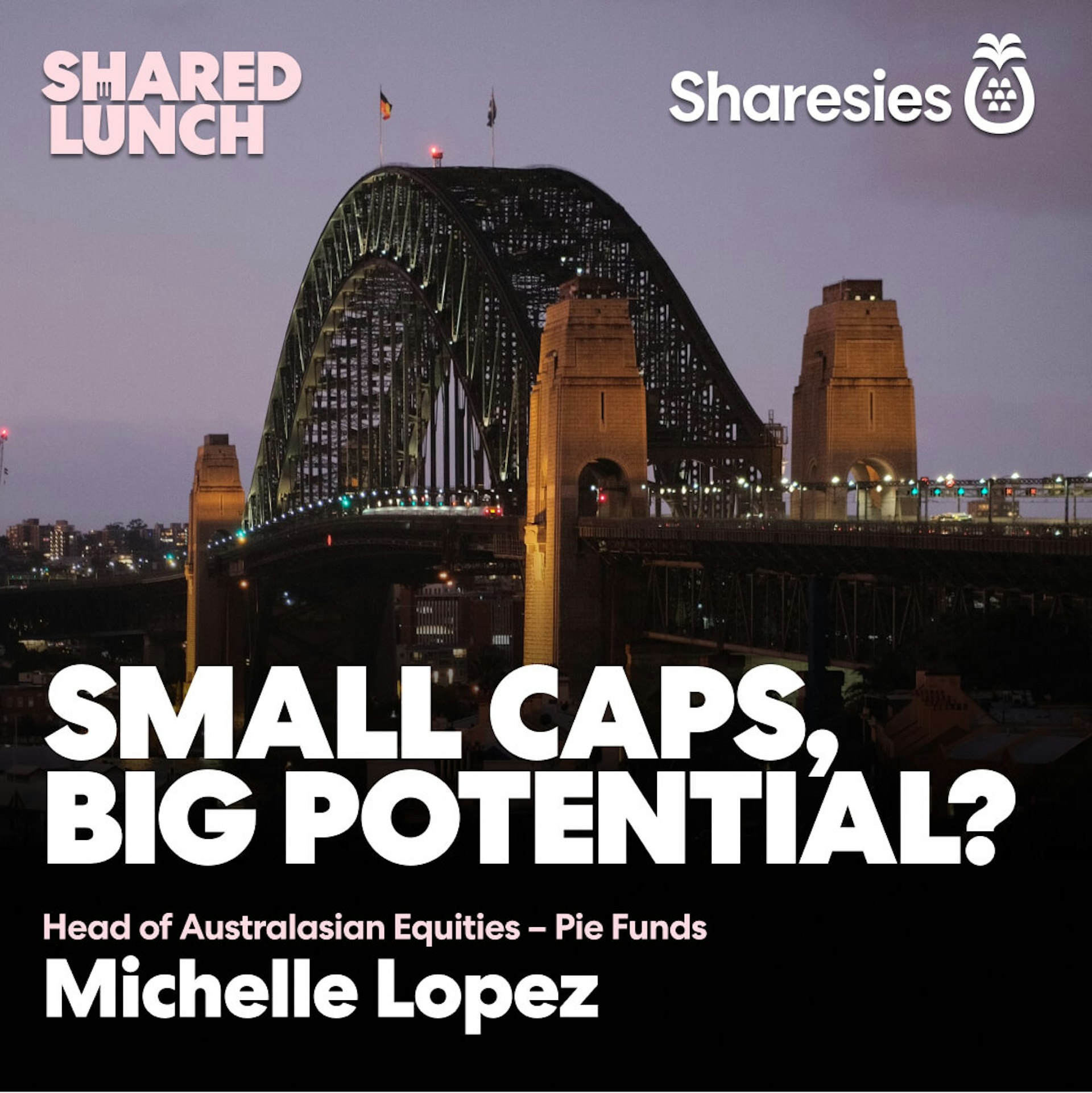Why do shares change price?
If you take a look at a line graph of any share price history, you might see all kinds of movements. Sometimes it goes up in price, sometimes it goes down. This can happen multiple times in a day, and often the movements are small but they can also be big.
But where do these movements come from?

Crowdsourced feelings
To best explain, let’s look at an example. Let’s say someone owns 100 shares. You want those shares, and you’re willing to pay up to $5 each for them. But someone else is happy to sell them to you for $3 each, so you buy them at $3. Good work!
Now, let’s say you want another 100 shares. Bad luck—the person who sold you your first 100 shares is fresh out, and the next person isn’t willing to sell for less than $5.50.
Now you have to make a decision. Will you agree to pay more than $5 per share? Or will the seller agree to accept less than $5.50 a share?
If neither of you are prepared to budge, nothing happens. But if one of you caves, or you meet in the middle and agree on a share price, then a trade might happen.
Now scale it up
This is what’s happening across the entire share market. Lots and lots of people tell an exchange how many shares they want to buy, and what they’re willing to pay. At the same time, lots of other people say how many shares they want to sell, and how much they’re willing to accept for them.
When these two groups match up, some shares change hands—and the price they traded at is the new share price. There are some cases where a trade happens and doesn’t change the share price, like when it’s just a small number of shares.
The price movements tend to be a lot smaller than the $3 and $5.50 example we just talked through. Since there are so many people buying and selling, the movements tend to be smaller—although big swings either way aren’t impossible.
Supply and demand
The share price generally goes up when there’s more buyer demand than seller supply. Let’s say there are 100 shares available at $5 each, and the next cheapest shares are selling for $5.10 each, but you want 110 shares. You can buy 100 shares at $5 each but you’re going to have to pay more for those last 10 shares, or walk away. Either the price goes up, or the number of buyers goes down (from you walking away).
At the other end, if you want to sell 110 shares for $5 each, but you can only find buyers for 100 shares at that price, and the next buy offer is $4.90 per share, you’re going to need to lower the price for the next 10 shares—or decide not to sell at that time. Again, either the price goes down, or the number of sellers goes down.
These little interactions are happening a zillion times a day, but the general theory is—if there’s more buying demand than selling supply, the price goes up. If there is more selling supply than buying demand, the price goes down.
Going a little deeper
Now that we’ve established that, why would there be more buyers than sellers? This is where it gets really cool—there are all kinds of reasons that people may be willing to buy or sell shares at a certain price!
At any given moment, you might have a:
fund buying shares to track a market
professional investor who’s done heaps of analysis, and decided that shares are worth more than their current price
person who got their shares really cheap 10 years ago, and is happy to sell them at the current price
person who needs cash right away, so is willing to sell their shares at any price
person who thinks the shares will be worth more in 20+ years, so just pays whatever price someone else wants for them
trader who buys and sells heaps of times every day, in order to make money off little fluctuations.
Every single one of these people is willing to buy or sell at a certain price, and when a buyer and seller agree on a price, a trade occurs that may impact the share price. When you have lots of people doing this every day, you get a pretty good idea of what people think the share is worth.
It’s also important to remember that the share price just shows what people think a company is worth. Interestingly, some companies that don’t pay dividends or make profits still enjoy high share prices. That’s because people think that these companies are going to do well in the future—or they at least think that the share price will be higher in the future! This is like making a bet on a company’s future success.
What to do with this?
Now we know why prices go up and down, but can we predict what’s going to go up, what’s going to go down, and when? We wish! As you can see, it’s the product of lots and lots of people making decisions for all kinds of different reasons. There are people who make a living trying to predict what the crowd will do, but it’s hard work, not to mention risky business if you bet wrong.
However, you can do research to try to make an educated guess as to the general direction a share’s price will move in over the long term. If you think a company is going to do really well, then that performance may be reflected in the price you’re willing to pay for the share.
But remember that it’s always a matter of educated guesses—it’s never a sure thing. So make sure you have a clear plan as to when you’ll cut your losses, and always be sure to diversify. That’s the key to investing, no matter how shares change their price.
Ok, now for the legal bit
Investing involves risk. You might lose the money you start with. If you require financial advice, you should consider speaking with a qualified financial adviser, or seek independent legal, taxation, or other advice when considering whether an investment is appropriate for you. Past performance is not a guarantee of future performance. This content is brought to you by Sharesies Limited (NZ) in New Zealand and Sharesies Australia Limited (ABN 94 648 811 830; AFSL 529893) in Australia. It is not financial advice. Information provided is general only and current at the time it’s provided, and does not take into account your objectives, financial situation, and needs. We do not provide recommendations. You should always read the product disclosure documents available from the product issuer before making a financial decision. Our disclosure documents and terms and conditions—including a Target Market Determination and IDPS Guide for Sharesies Australian customers—can be found on our relevant NZ or Australian website.
Join over 860,000 customers



